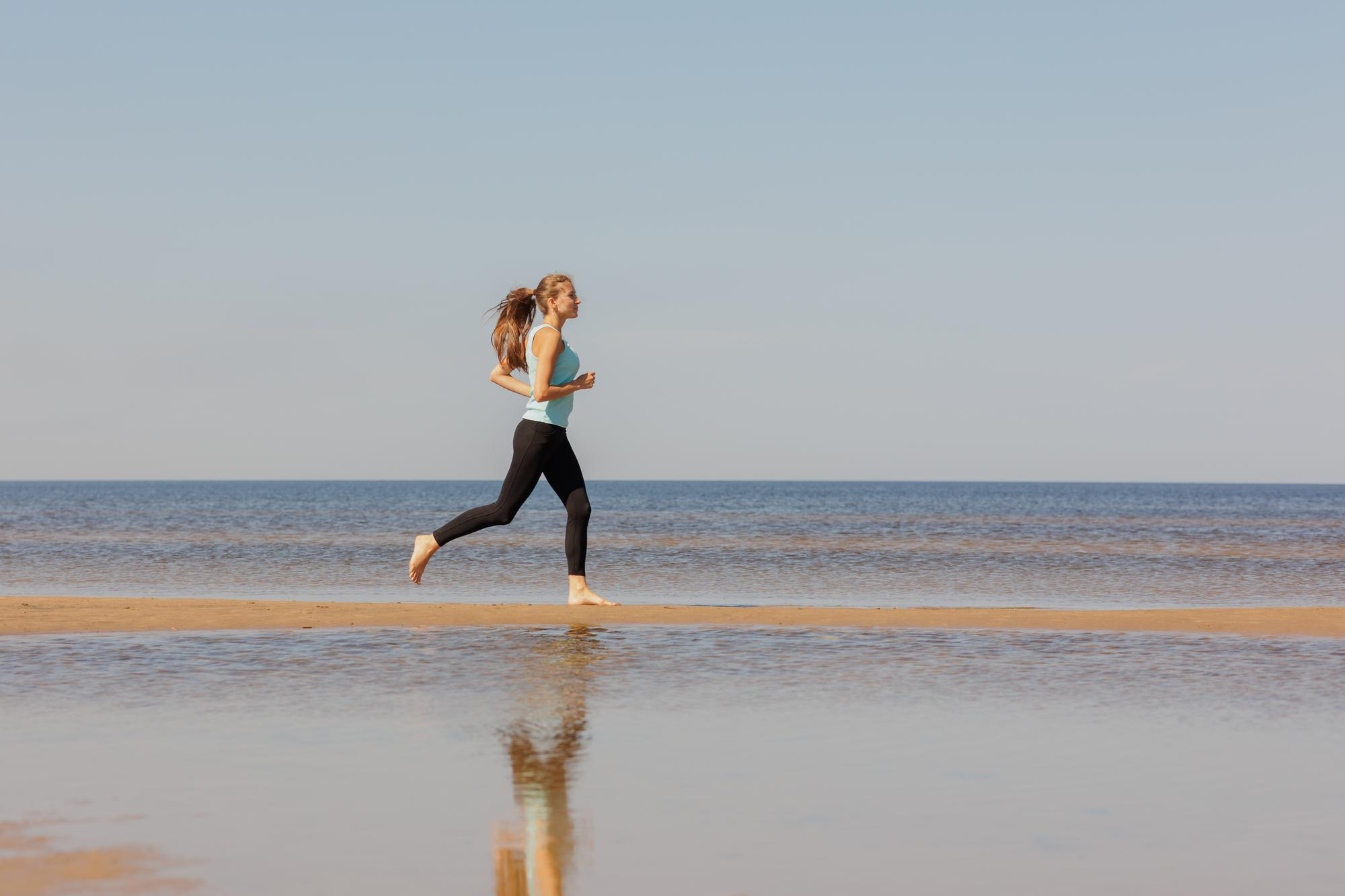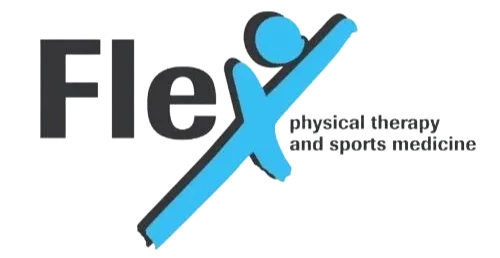What is Lumbar Spinal Stenosis?
Low back pain affects people of all ages and gender. Lumbar spinal stenosis a common cause of low back pain. It is the narrowing of the spinal canal and the space between the vertebrate that are occupied by the spinal nerves or spinal cord. In lumbar spinal stenosis, the nerve roots in the low back become compressed by the narrowing of the openings (intervertebral foramen) that the nerves pass through. This can cause numbness and tingling down the legs, known as sciatica. It can increase with standing and walking. Most people with lumbar spinal stenosis with describe an onset of leg pain, weakness, or tingling with walking or standing that is relieved by sitting. Many of these people with stenosis will also describe relief while walking when flexed forward such as walking while leaning forward on a shopping cart. Lumbar spinal stenosis is most common at L4-5 and L3-4 levels, but it can occur anywhere in the spine.
Who is Affected by Lumbar Spinal Stenosis?
Lumbar spinal stenosis is most commonly related to degeneration of the spine. It is part of the spinal degenerative cascade. It is most common in people over the age of 50. Although it can occur at any time in one’s life. There are cases where some people are born with a congenital form. Most people will not feel any effects of the narrowing as it gradually occurs, but as they get older they eventually start to notice the pain and numbness that comes from the nerves being compressed.

What Can I Do?
There are many treatments available to lumbar spinal stenosis ranging from medication to injections. However, these treatments merely cover up the symptoms like and band aid and mechanical compression of the spinal nerves. And surgery is often unsuccessful and in some cases can result in worse pain or further problems down the road. Recent research has shown that conservative physical therapy care is the treatment of choice for lumbar spinal stenosis. The type of physical therapy treatment that you receive also matters. Physical therapy that utilizes hands on treatment with spinal mobilization, massage or myofascial release/pressure point relief, stretching, and selective strengthening exercises are the most effective. Be wary of clinics that use only ultrasound, heat, ice, and electrical stimulation as these kind of treatments only offer temporary relief and like medication and injections they do not address the root cause. In some cases, decompression therapy such as traction can also be quite effective. There are many exercises that you can do at home to start you on the road to recovery. I have included my seven favorite and most effective exercises for at home relief.
1) The Hamstring Stretch
Hold for 30 seconds twice for each leg
2) Knee To Chest Stretch
This helps strengthen and relax your glutes. Hold for 20 seconds for each leg twice
3) Spinal Stretch
This was a favorite of mine when I suffered sciatica. Hold for 20 seconds and repeat on the other knee. Do this as many times as you like but don’t overdo it.
4) The Piriformis Stretch
Hold for 30 seconds and repeat with the other leg.
5) The Hip Flexor Stretch
Hold for 30 seconds and then stretch and repeat.
6) The Total Back Stretch
Hold 30 seconds. Repeat 3 times
7) Standing Side Stretch
Hold for 10 seconds on both sides. Repeat 3 times
Lumbar spinal stenosis can be a very serious and debilitating condition as it can severely limit your ability to move and enjoy life. Do not ignore the signs and symptoms of spinal stenosis as they will only get worse over time. At Flex Physical Therapy, we are experts in treating lumbar spinal stenosis as our therapists will address the root cause of the problem. If you or someone you know is suffering from spinal stenosis, call 1-800-930-8803 and start your path to being pain free!
